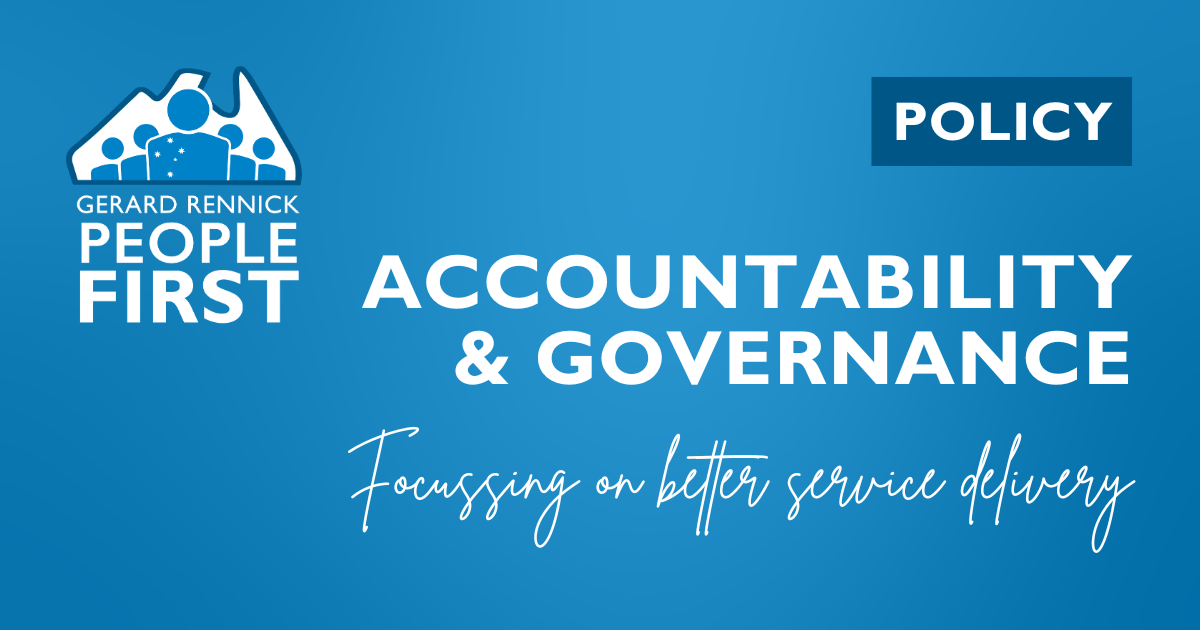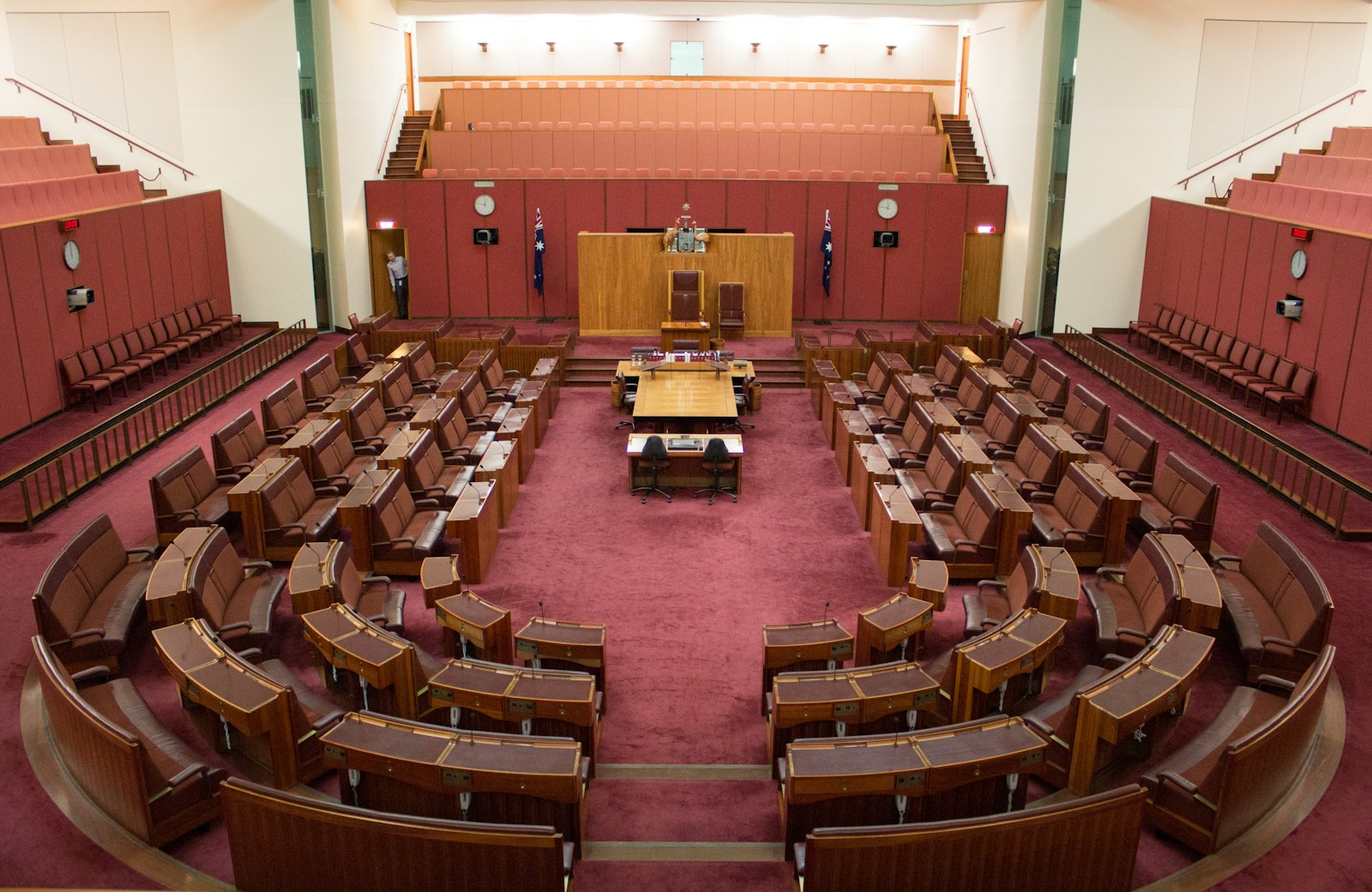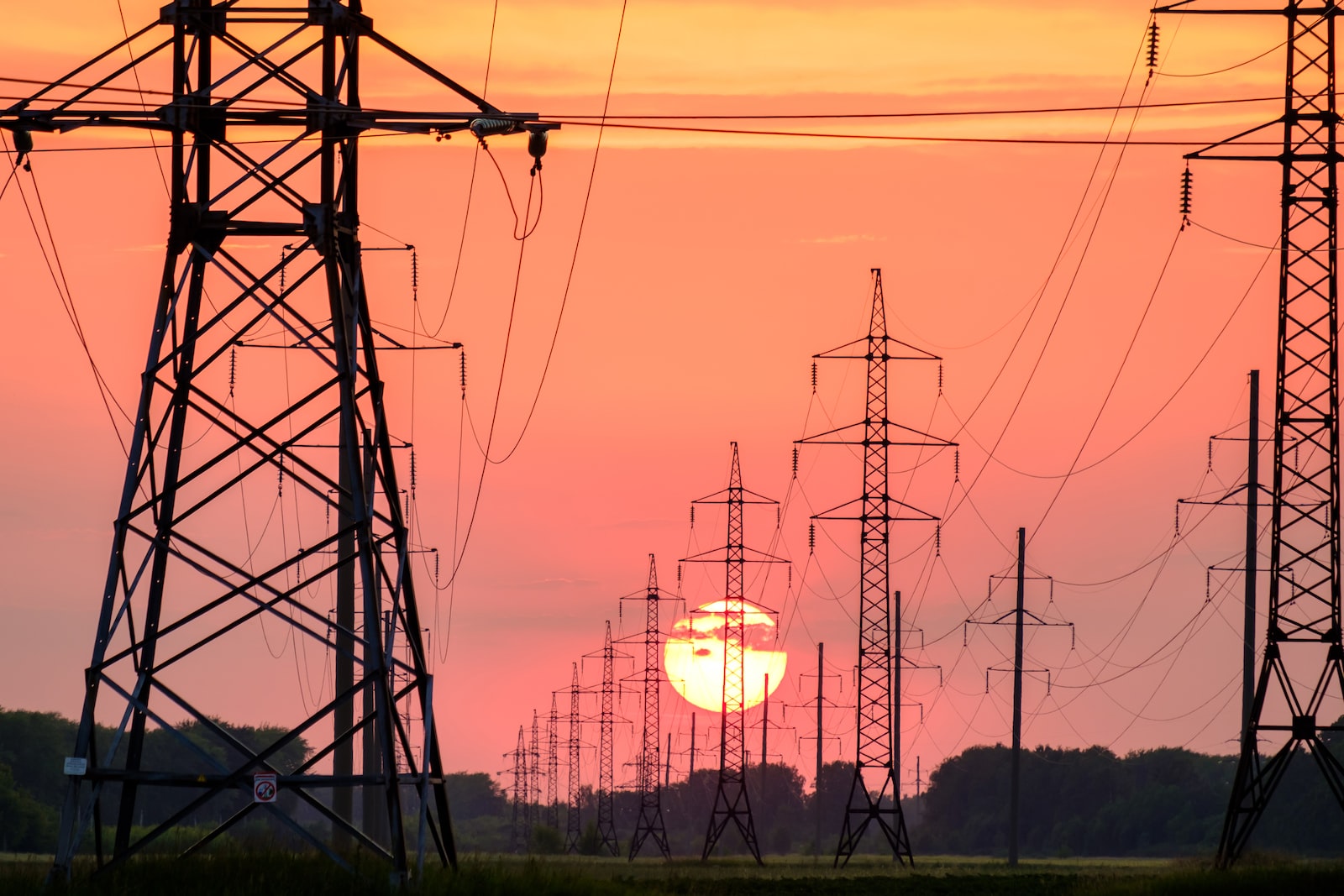If renewables are cheaper why do the two major parties continue to subsidize them?
“And it’s why under this government the number of EV charging stations has increased to 900…………all of these investments are made with the expectation of a positive risk based return.”
••••••••••••••••••••••••••••••••
I asked Labor in Question Time why they are forking out $100 million to Ampol for 200 charging stations given Ampol made $235 million last year.
There are circa 20 million cars in Australia. If Labor want to shift a large number of cars onto electric they are going to need a lot more than 900 public charging stations.
Where are they going to be located and how much more energy will they draw from the grid?
At $500,000 a throw for each charging station it’s going to cost the taxpayer a lot of money to fund these batteries.
There is no way there is going to be a positive return for taxpayers.
It’s just another lie peddled by government to keep you poor in order to fund the fake virtue signalling of the elites.
Senate on 11/09/2024
Questions Without Notice
Electric Vehicles
Senator RENNICK: My question is for the Minister representing the Minister for Climate Change and Energy, Senator McAllister. The Albanese government has lent to $100 million to Ampol for 200 battery-charging stations to expand electric vehicle fast-charging infrastructure nationwide. If, as Senator Wong claims, renewables are cheaper, why is it necessary for the Albanese government to give taxpayer funds to a company that recently reported a half-year profit of $235 million in order to subsidise electric vehicle charging stations?
Senator McALLISTER (New South Wales—Minister for Emergency Management and Minister for Cities) (14:55): Nearly one in 10 new cars purchased is now an EV, and that’s up from just two per cent under the former coalition government. The thing is that those consumers are making a choice, and the choice that they are making requires them to have access to charging facilities. Under this government, we think that’s important because we know that when you purchase an EV there are substantial savings available to you on fuel. And it’s why, under this government, the number of EV charging locations has nearly doubled in 16 months to around 900 as of March 2024. We’ve also seen a 131 per cent increase in ultrafast charging locations.
We want to make sure that existing industries, businesses and stations are part of that transition. We announced in August, as your question points out, that CEFC capital will be available to finance a range of clean energy technology measures at Ampol service stations across the country, and that is to accelerate the decarbonisation of its operations, to kickstart its biofuel development and to drive down national transport emissions. The thing that you need to understand, Senator Rennick, is that all of these CEFC investments are made with the expectation of a positive, risk based financial return.
It’s a program that has actually been running for more than a decade. It’s a legacy, in fact, of the last Labor government. It’s been very successful and it’s an important institution that has been able to leverage significant new capability and capacity in the Australian economy. It’s a good application of the power of government. I am surprised that, for someone who’s interested in how the economy develops, it’s not of more interest to you.































